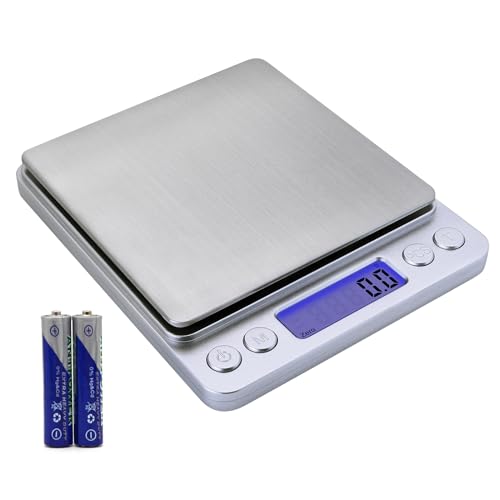squeakycleanuk
Well-Known Member
- Joined
- Feb 24, 2013
- Messages
- 194
- Reaction score
- 44
There seems to be more discussion on this thread about using lye safely, than there does about the method of thermal transfer itself. Is that because this method is regarded as being less safe in some way than other methods of soaping?










































